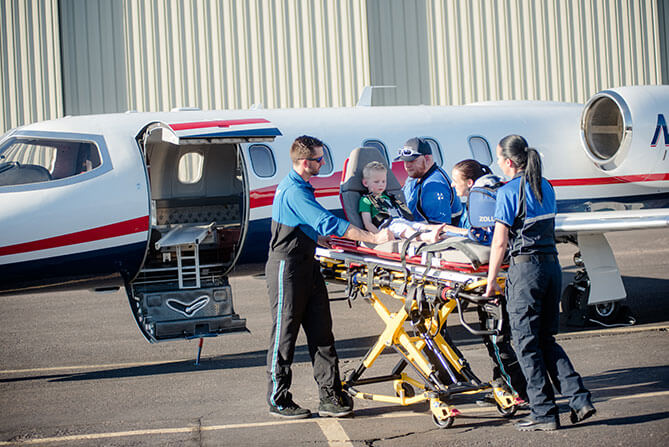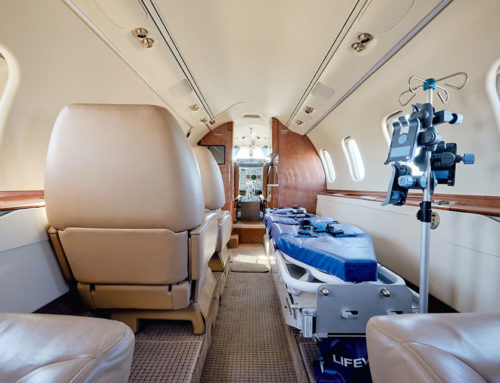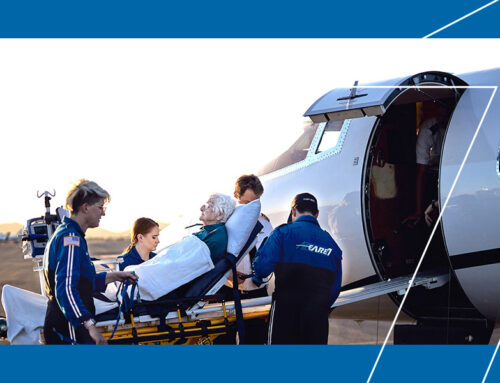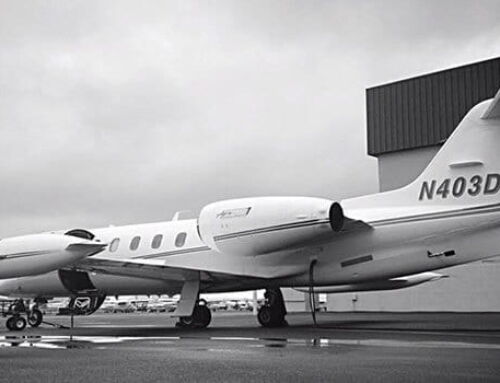Air medical transport has been utilized for years but is now becoming one of the most efficient and safe ways for patient emergency travel. Air ambulances are fixed or rotor-winged aircraft specifically designed with patient treatment in mind — fitting the needed medical equipment, medical team, and patient to relocate them from one hospital to another.
Continue reading for more information on the benefits of air transport.
Air vs. Ground Transport
When you think of an ambulance, you likely imagine a ground vehicle. As air transport gets more advanced, however, it is becoming the primary choice, given its benefits over ground transportation.
The main disadvantage of ground transportation is that it can be limited by various factors, including road conditions and traffic. On the ground, there is also only so much that medical teams are able to do at certain speeds. Air transport has broader accessibility with fewer time limitations.

Fixed-Wing vs. Rotary-Wing Air Ambulance Aircraft
Both fixed-wing and rotary-wing aircraft can be used as air ambulances, and the nature of the emergency determines which one will be best. A fixed-wing aircraft is your average airplane or jet — its wings stay in place, and a propeller or jet engine provides the necessary power to get the aircraft off the ground. These aircraft are primarily used for long-distance flights and are fully stocked with needed equipment.
Alternatively, a rotary-wing aircraft — such as a helicopter — uses rotor blades for both propulsion and to provide the necessary lift to fly. It doesn’t have a set of fixed wings. These aircraft are ideal for shorter distances and emergencies in locations that aren’t close to an airport. Rotary-wing aircraft typically only carry the absolute essential medical equipment since the patient is in the air for a short amount of time.
Advanced Equipment Access
One of the many advantages of an air ambulance is that it offers more advanced equipment and facility capabilities than a traditional ambulance. Our aircraft are equipped with the Hamilton T1 Ventilator that provides the administration of high-flow oxygen at controlled pressures and humidity levels. Air ambulances also provide more space for crucial patient monitoring equipment, including infusion pumps, critical care drugs, and other necessary supplies. This enables our medical personnel to continuously monitor a patient’s vitals and respond immediately to any change in the patient’s condition or an in-flight emergency.
Wider Reach With Long-Distance Flights
In medical emergencies, time is of the essence. Because of the capabilities that aircraft provide, they can cover more ground over a shorter amount of time than a road ambulance. This makes traveling longer distances easier and safer as patients can receive emergency care much quicker.
Air ambulances can also provide higher levels of comfort for the patient and the medical team during these longer distances, contributing to better outcomes.
Air Medical Transport Services From AirCARE1
AirCARE1 is a medical air ambulance company that specializes in long-range air medical transport. With our Learjet aircraft fleet, we can travel domestically and internationally, including to locations in the United States, Canada, Mexico, Central America, South America, and the Caribbean Islands. No matter the distance, we can be there quickly.
Request a Quote Today
At AirCARE1, we have safely transported thousands of patients with our air ambulance services and have earned a reputation as one of the most trusted providers in our industry.
We see the immense benefit and need for air medical transport services, and so can you. Request a quote from us today!
Explore Our Other Medical Transport Resources:
Helping Patients with Medical Transports
Common Reasons For Long-Range Medical Transports




